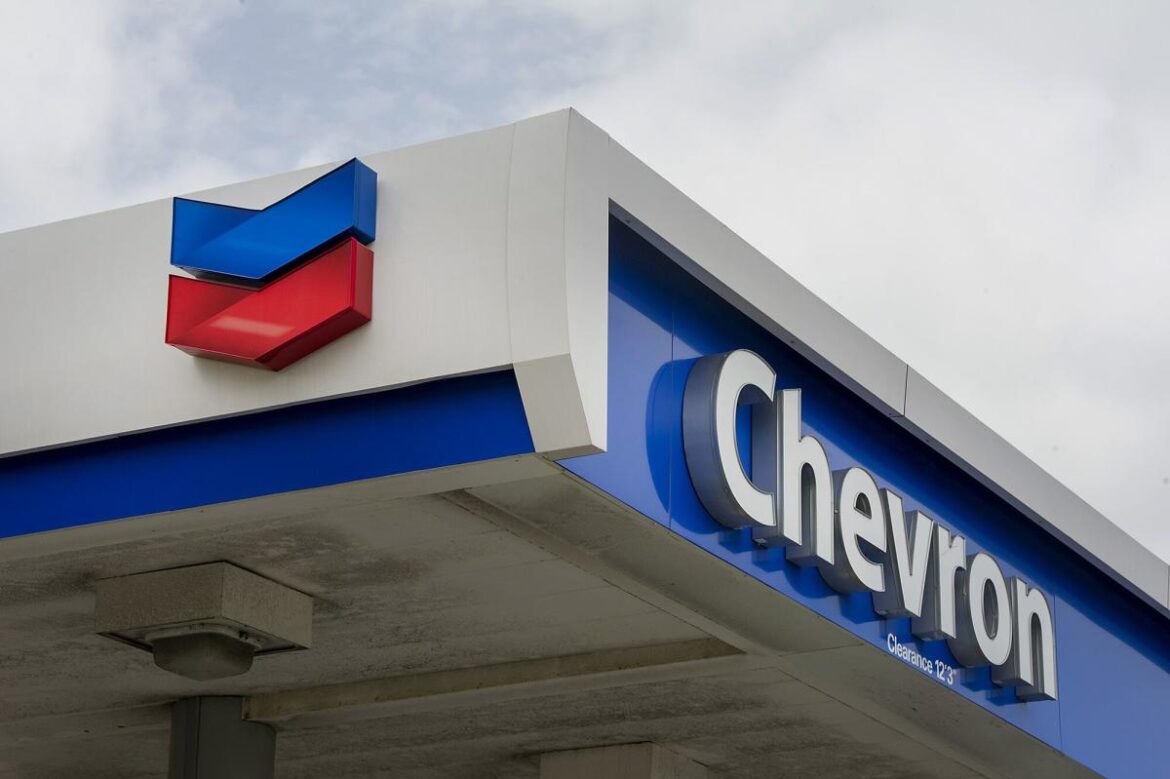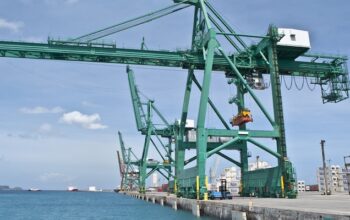Chevron, a major player in Angola’s oil sector with a 26% market share, has recently made significant strides to further solidify its presence in the country.
In mid-June, the U.S.-based giant signed contracts for two license areas off the coast of Angola—Blocks 49 and 50, located in the ultra-deepwater section of the Lower Congo Basin.
A few years ago, this deal would not have been possible. The National Oil, Gas, and Biofuels Agency (ANPG), the other party to the contracts, was only established in 2021.
President João Lourenço’s government created ANPG to serve as the state oil and gas concessionaire, taking over this role from Sonangol, the national oil company.
Under the leadership of Diamantino Pedro Azevedo, the Minister of Mineral Resources and Petroleum, Angola has pursued a strategy that balances economic growth with environmental protection, focusing on energy transition, sector reform, and market stability.
These reforms have boosted investor confidence, leading to increased investments and job creation in Angola.
The contracts Chevron signed for Blocks 49 and 50 are part of Angola’s broader initiative to attract investment in its oil and gas industry.
These Risk Service Contracts (RSCs), introduced in 2020, are tailored for high-risk projects that may struggle to secure investment through traditional channels like competitive bidding and production-sharing agreements (PSAs).
Under RSCs, investors provide exploration and development services in exchange for guaranteed payments, unlike PSAs, where investors share in the production if commercial development occurs.
Angola’s reform program, which began in 2017, paved the way for Chevron’s deal. It also facilitated other agreements, such as ExxonMobil’s RSCs for Blocks 30, 44, and 45.
Chevron has yet to disclose many details about its new contracts, including their value. However, William Lacobie, managing director of Chevron’s Southern Africa Strategic Business Unit, emphasized the significance of these projects.
Blocks 49 and 50 represent a new frontier for Chevron’s subsidiary, Cabinda Gulf Oil Co. Ltd (CABGOC). Until now, CABGOC has focused on Blocks 0 and 14, located in well-explored sections of Angola’s offshore zone.
Lacobie highlighted that Blocks 49 and 50 will be CABGOC’s first operated assets outside the existing Cabinda concession area.
This development benefits both Chevron and Angola. For Chevron, the new contracts offer an opportunity to expand its footprint in Angola with reduced risk.
For Angola, the deals bring Chevron’s expertise, technology, and potential future investments to these ultra-deepwater sites.
The RSCs for Blocks 49 and 50 underscore the success of the reforms led by Minister Azevedo. These contracts allow Chevron to explore and possibly develop new areas without the need for extensive production infrastructure, thus opening up a new frontier for oil exploration in Angola.
Beyond Chevron’s deal, Angola’s broader reforms have made the country more attractive to international oil companies (IOCs).
These changes include plans for the partial privatization of Sonangol, the establishment of a permanent offer scheme for faster contract negotiations, tax incentives for investors, and reformed local content policies. Additionally, Angola has eased visa requirements, benefiting IOCs and boosting tourism.
These reforms have helped Angola weather the challenges of the COVID-19 pandemic and attract investments for new projects, including the construction of the Cabinda and Lobito refineries and the expansion of liquefied natural gas (LNG) exports to Italy.
Despite these achievements, Angola must continue its reform efforts. The government has yet to proceed with the planned sale of up to 30% of Sonangol, with a target deadline of 2026 for the company’s initial public offering (IPO). Ensuring that these plans move forward is crucial for maintaining Angola’s progress.
If Luanda fails to continue its reforms, it risks losing the gains made in recent years. The country must focus on increasing crude oil output, boosting natural gas production, securing funding for refining and petrochemical projects, and laying the groundwork for a transition to renewable energy.
To achieve these goals, Angola should improve its competitiveness, transparency, and business environment.
The government should also enhance oversight of its sovereign wealth fund, maximize local content, and consider additional tax incentives for IOCs.
Encouraging the use of liquid petroleum gas (LPG) as a clean-burning fuel could help phase out environmentally harmful biofuels like charcoal and wood, benefiting both the economy and the environment.
Angola’s oil and gas sector has made significant progress since 2017, thanks to the reforms enacted by the Lourenço administration.
However, the country must continue its reform process to secure a brighter future. The signing of Chevron’s new RSCs is just one step in this journey, and Angola must remain committed to moving forward.
![]()




